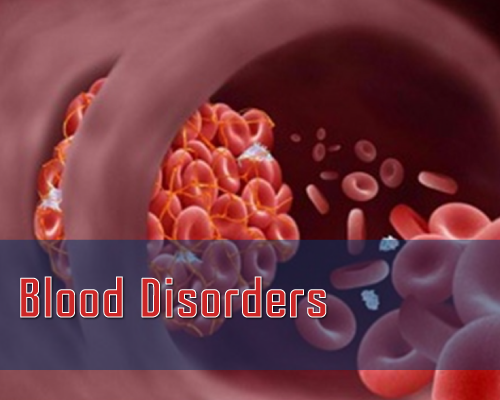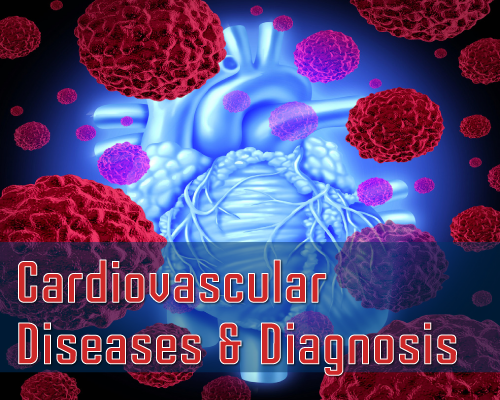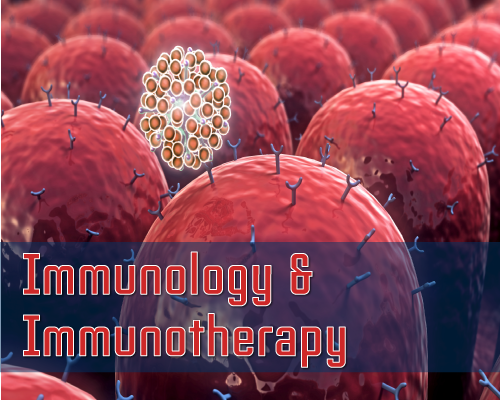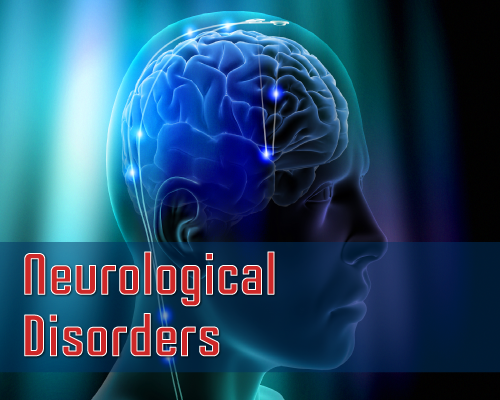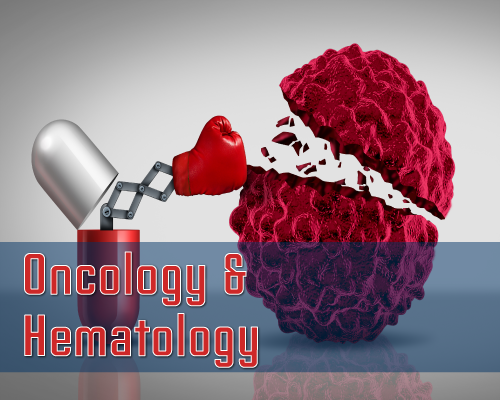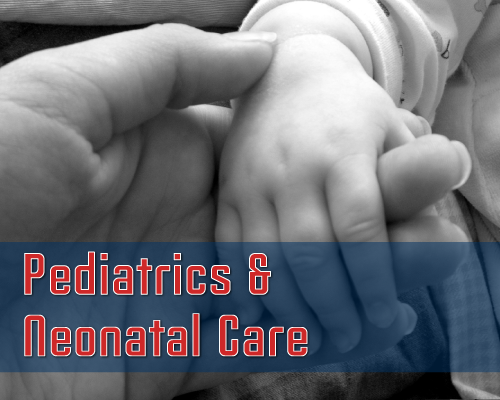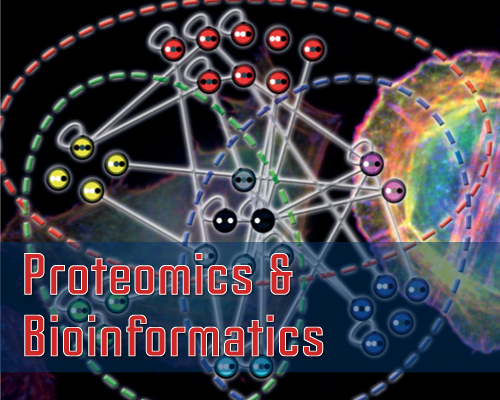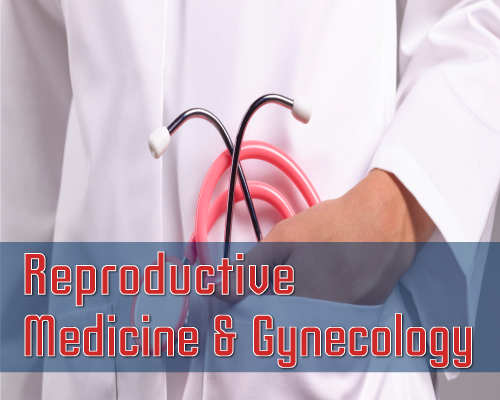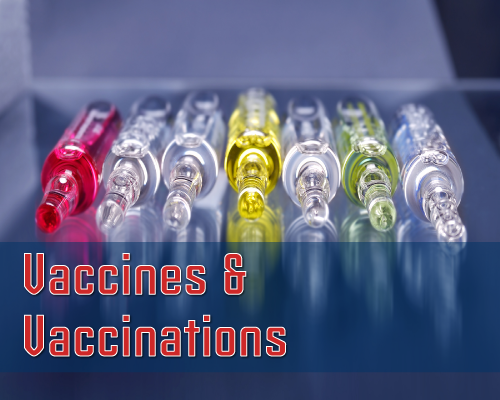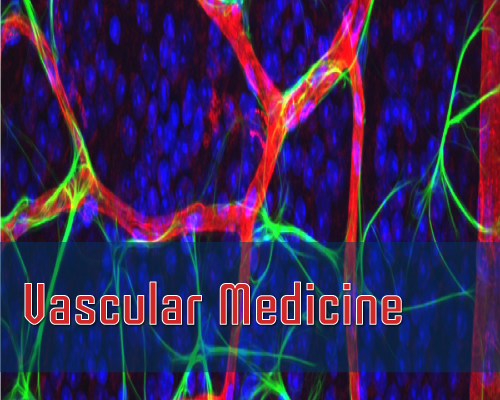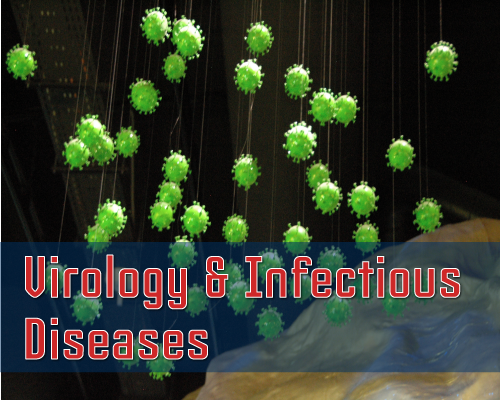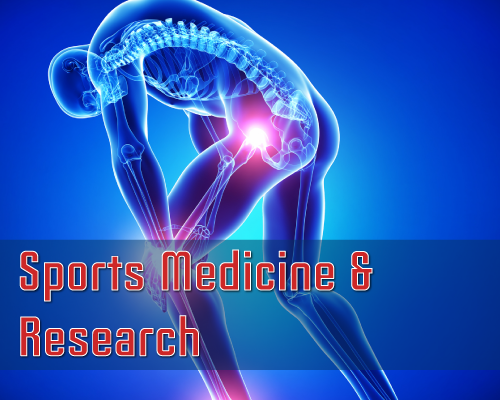Research Article
Effect of High-Fat-Diets on Iron Homeostasis and Tissue Iron Deposition in Female Sprague-Dawley Rats
Buthaina Alkhatib1*, Hayder Al-Domi2 and Bashaer Abu Irmaileh3
1Human Nutrition and Dietetics, University of Jordan, School of Agriculture, Department of Nutrition and Food Technology, Amman, Jordan
2Professor of Dietetics, University of Jordan, School of Agriculture, Department of Nutrition and Food Technology, Amman, Jordan
3MSc. In Toxicology, University of Jordan, Hamdi Mango Center for Scientific Research, Amman, Jordan
*Address for Correspondence: Buthaina Alkhatib, Human Nutrition and Dietetics, The University of Jordan, School of Agriculture, Department of Nutrition and Food Technology, Amman, Jordan, E-Mail: buthaynamk85@yahoo.com
Dates: Submitted: 29 June 2017; Approved: 15 July 2017; Published: 17 July 2017
Citation this article: Alkhatib B, Al-Domi H, Irmaileh BA. Effect of High-Fat-Diets on Iron Homeostasis and Tissue Iron Deposition in Female Sprague-Dawley Rats. J Res Diabetes Metab. 2017;3(1): 024-028.
Copyright: © 2017 Alkhatib B, et al. This is an open access article distributed under the Creative Commons Attribution License, which permits unrestricted use, distribution, and reproduction in any medium, provided the original work is properly cited.
Keywords: High-fat-diets; Iron homeostasis; Tissue iron deposition
Abstract
Background: Obesity has been associated with anemia of chronic disease and it may also promote iron deficiency causing dysmetabolic iron overload.
Objective: The aim of this study was to examine iron homeostasis on serum and tissue after feeding rats with various high-fat-diets for 6 and 10 weeks.
Methods: Eight weeks Sprague - Dawley female rats were randomly divided into three main dietary groups: Group (1): rats were fed the High Saturated Fat Diet Group (HSFD; n = 12), group (2): rats were fed the High Monounsaturated Fat Diet Group (HMUSFD; n = 12) and group (3): rats were fed Normal Fat Diet Group (NFD) (n = 12) for 6 and 10 weeks. Blood samples were collected; liver and Retroperitoneal Adipose Tissues (RPAT) was removed. Serum iron parameters and the total iron quantification in tissue were measured.
Results: Findings after 6 weeks demonstrated that no significant elevation in all tested iron parameters in serum and tissue in HFDs fed groups as compared to NFD controls. On the other hand, feeding rats with different HFDs for 10 weeks leading to increase serum ferritin significantly as compared to NFD, and liver iron content was increased significantly in rats that were fed HSFD and NFD (178.16 ± 7.78, 168.67 ± 5.42 ng/ mg, respectively) as compared to HMUFD (123.78 ± 6.57ng/ mg)(p ˂ 0.05).
Conclusion: The effect of the high-fat-diets on iron homeostasis is time dependent. However, the type of dietary fat that introduce will affect tissue iron deposition.
Introduction
Iron is not only an essential element for growth and survival, but also is a fundamental cofactor for several enzymes involved in oxidation–reduction reactions due to its ability to exist in two ionic forms: ferrous (Fe+2) and ferric (Fe+3) iron [1]. Obesity is a serious global health challenge with the pandemic proportion that results in a significant mortalities and morbidities [2]. It expands the white adipose tissue mass accompanied by adipose tissue remodeling and macrophages infiltration and inflammation [3].
Adipose tissue produces many cytokines and adipokines such as IL-6, interleukin-1β, interleukin-8, TNF-α, leptin, adiponectin, resistin, lipocalin-2, C-reactive protein (CRP), monocyte chemoattractant protein 1, complement components, plasminogen activator inhibitor-1 [4]. Moreover, adipose tissue of obese individuals expresses up regulation of pro-inflammatory cytokines and down-regulation of anti-inflammatory cytokines [5]; thus, leading to macrophages infiltration, ectopic fat accumulation, hypoxia and death of adipose tissue [6]. Additionally, obesity has been associated with anemia of chronic disease especially systematic iron deficiency and hypoferremia [5]. Obesity may also promotes iron deficiency by inhibition of dietary iron uptake from the duodenum causing Dysmetabolic Iron Overload Syndrome (DIOS), which is characterized by increased serum ferritin concentrations with normal or mildly elevated transferrin saturation in individuals with various components of metabolic syndrome or non alcoholic fatty liver disease [7,8]. An inverse association of the measures of body fat distribution and total fat mass with serum iron levels in Hispanic women was established [9].
Various high fat diets with different sources of fat (saturated, and unsaturated) and different proportions of fat of the total energy expenditure are widely used in animals studies to induce obesity [10-13], which is also widely used to examine obesity-induced chronic state of low-grade inflammation, mediated through quantitative and phenotype switching in white adipose tissue macrophages (ATM) [14]. Therefore, the objective of this study was to examine iron homeostasis and tissue iron quantification in female rats after feeding different High-Fat-Diets (HFDs) for six and ten weeks.
Materials and Methods
Animals
Eight weeks Sprague-Dawley female rats (36 rats, average weight 105-154 g) were obtained from Jordan University of Science and Technology (JUST), Jordan. Rats were kept at the Animal Unit, School of Agriculture, the University of Jordan, Jordan. Each rat was housed in a single metabolically-ventilated plastic cage (North Kent Plastic Cages, Ltd, Dartford, UK) with a stainless steel wire mesh floor and front. A tray was placed under each cage to collect feces and food spillage. Diet was provided in glass cups and water in glass drinking bottles. Rats were kept under controlled temperature (22 ± 2°C) and maintained at 12:12 hours light: dark cycles with free access to water and standard laboratory chow diet for one week of acclimatization [15].
Experimental design
Rats were randomly divided into three main dietary groups: group (1) rats were fed the high saturated fat diet (HSFD) [n = 12], group (2) rats were fed the High Monounsaturated Fat Diet (HMUSFD) [n = 12] and group (3) rats were fed Normal Fat Diet (NFD) [n = 12]. All rats were fed ad libitum for 10 weeks. Animals were weighed weekly during the duration of the experiment. Consumption of diets was measured daily by comparing differences in weight between the amount of food offered and left. After 6 weeks of feeding different diets, 6 rats were selected randomly, sacrificed and samples were collected. The remaining rats were kept on their respective diet completed for 10 weeks. After which, rats were sacrificed by chloroform anesthesia, after 12 hours fasting [15]. Blood samples were collected by cardiac puncture and centrifuged immediately. Serum samples were as kept at -20ºC until used [15]. Liver and retroperitoneal adipose tissues (RPAT) were removed [16], rinsed with phosphate buffered saline (PBS) (pH 7.0-7.2), weighed and were kept at -20°C for iron quantification [8].
This study was carried out in strict accordance with the recommendations in the Guide for the Care and Use of Laboratory Animals of the National Institutes of Health. The protocol was approved by the Committee on the Ethics of Animal Experiments of the University of Jordan (Permit Number: 27-2956). All surgery was performed under chloroform anesthesia, and all efforts were made to minimize suffering.
Preparation of diets and diets formulation
A standard American Institute of Nutrition (AIN) diet was used [17]. The modified formulation of AIN-93M diet that replaces casein with egg white solids (AIN-93M-EGG) as a protein source was used [17]. Furthermore, higher amount of tert-butylhydroquinone (TBHQ) was added to high fat diet (HFD) due to their high fat contents and their increased susceptibility to oxidation (2 mg for each 10 g fat) [18]. The estimated minimal nutrient composition for Normal Fat Diet (NFD) group was 14.7% protein (egg white), 75.8% carbohydrates (cornstarch and sucrose) and 9.45% fat (soybean oil); for high monounsaturated fat diet (HMUFD) was 14.7% protein (egg white), 45% fat (35.6% olive oil with 9.4% of fat soybean oil), 40.5% carbohydrates (sucrose and cornstarch) and for High Saturated Fat Diet (HSFD) was 14.7% protein (egg white), 45% fat (35.6% butter milk fat, non-hydrogenated) with 9.4% of fat soybean oil), 40.5% carbohydrates (sucrose and cornstarch) [10]. Total calories for all diets were 3.81 kcal/ g.
Biochemical Analysis
Serum iron parameters and tissue iron content
Serum ferritin was examined by using commercially available ELISA kit according to manufacturer’s instructions (ab157732 -Ferritin (FTL) Rat ELISA Kit, Abcam, Cambridge, MA, UK). Serum iron and TIBC were determined by quantitative calorimetric analysis using the commercial kit (Interchim kit (No. FT715, av. JF Kennedy, Montlucon, France). Unsaturated iron binding capacity (UIBC) was calculated as follow: UIBC= 500 (the total iron added-excess iron), while TIBC (μg/ dL) = Serum iron (μg/ dL) + UIBC (μg/ dL). For total iron quantification in liver and RPAT, colorimetric iron assay kit (ab83366, Abcam, Cambridge, MA, UK) was used, the absorbance was read at 593 nm and the concentrations were calculated in ng/ml tissue according to the manufacture procedures.
Statistical analysis
Statistical analysis was performed using (SPSS for Windows, Rel. 22.0, 2013, and Chicago: SPSS Inc). Mean differences were examined using one-way Analysis Of Variance (ANOVA) followed by Duncan’s post-hoc test for mean separation. Data presented as mean ± SEM and differences between means were considered significant at p-value <0.05.
Results
Table 1 shows no significant changes in all tested iron parameters between all groups during the first six weeks of the treatment (p> 0.05). Similarly, Liver Iron Content (LIC) and retroperitoneal adipose tissue iron content RPATIC were not significantly different between all groups of the treatment (p> 0.05) as shown in table 3.
| Table 1: The effect of feeding the high-fat-diets for 6 weeks on serum iron parameters. | ||||
| VariablesA | Ferritin (ng/ ml) | SI (µmol/ L) | TIBC (µmol/ ml) | UIBC (µg/ dl) |
| NFD (n = 6)B | 47.90 ± 2.33a | 41.33 ± 3.96a | 50.50 ± 1.55a | 101.26 ± 20.61a |
| HSFD (n = 6) | 53.57 ± 2.86a | 41.70 ± 2.63a | 51.75 ± 2.19a | 85.60 ± 18.63a |
| HUFD (n = 6) | 51.25 ± 4.74a | 33.10 ± 4.71a | 58.92 ± 2.19a | 105.20 ± 25.87a |
| A: Data are presented as mean ± SEM, and are significant at p ˂ 0.05. Means within the same column with different superscript letters are significantly different. B: NFD: the normal fat diet; HSFD: the high saturated fat diet; HMUFD: the high monounsaturated fat diet; SI: serum iron; TIBC: total iron binding capacity; UIBC: unsaturated iron binding capacity. |
||||
Table 2 shows a significant increase in serum ferritin of rats that were fed HFDs as compared to NFD fed group after 10 weeks of the treatment (p> 0.05). Moreover, LIC in rats that were fed NFD and HSFD increased significantly as compared to rats that were fed HMUFD (p> 0.05) (Table 3).
| Table 2: The effect of feeding the high-fat-diets for 10 weeks on serum iron parameters. | ||||
| VariablesA | Ferritin (ng/ ml) | SI (µmol/ L) | TIBC (µmol/ ml) | UIBC (µg/ dl) |
| NFD (n = 6)B | 51.47 ± 3.01a | 46.85 ± 2.41a | 59.88 ± 2.74a | 129.84 ± 21.6a |
| HSFD (n = 6) | 77.60 ± 4.14b | 46.85 ± 2.05a | 56.38 ± 1.74a | 133.68 ± 9.08a |
| HUFD (n = 6) | 68.81 ± 1.6b | 42.86 ± 5.51a | 58.52 ± 1.72a | 103.06 ± 31.39a |
| A: Data are presented as mean ± SEM, and are significant at p ˂ 0.05. Means within the same column with different superscript letters are significantly different. B: NFD: The Normal Fat Diet; HSFD: The High Saturated Fat Diet; HMUFD: The High Monounsaturated Fat Diet; SI: Serum Iron; TIBC: Total Iron Binding Capacity; UIBC: Unsaturated Iron Binding Capacity. |
||||
| Table 3: The effect of feeding the high-fat-diets for 6 and 10 weeks on tissue iron parameters. | ||||
| Period of Treatment | 6 weeks | 10 weeks | ||
| VariablesA | LIC (ng/ mg) | RPATIC (ng/ mg) | LIC (ng/ mg) | RPATIC (ng/ mg) |
| NFD (n = 6)B | 182.95 ± 8.39a | 9.99 ± 1.00a | 168.67 ± 5.42b | 7.56 ± 0.94a |
| HSFD (n = 6) | 165.05 ± 15.05a | 7.24 ± 0.72a | 178.16 ± 7.78b | 6.61 ± 0.89a |
| HUFD (n = 6) | 185.01 ± 10.25a | 9.33 ± 1.04a | 123.78 ± 6.57a | 8.47 ± 0.92a |
| A: Data are presented as mean ± SEM, and are significant at p ˂ 0.05. Means within the same column with different superscript letters are significantly different. B: NFD: The Normal Fat Diet; HSFD: The High Saturated Fat Diet; HMUFD: The High Monounsaturated Fat Diet; LIC: Liver Iron Content; RPATIC: Retroperitoneal Adipose Tissue Iron Content |
||||


